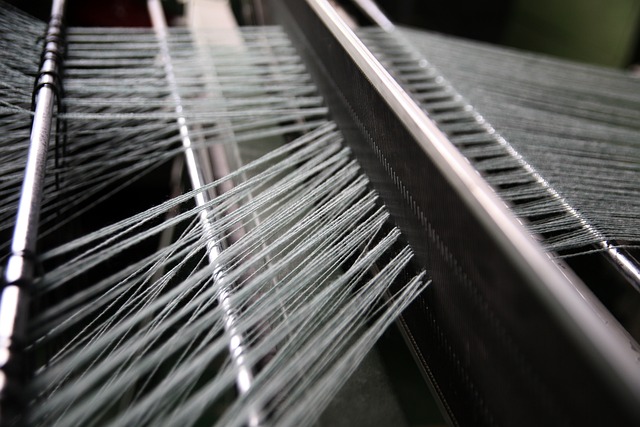The Resurgence of Narrative Tapestries in Contemporary Art
In an era dominated by digital media, an unexpected revival is taking place in the art world. Narrative tapestries, once relegated to the realm of historical artifacts, are experiencing a remarkable renaissance. This ancient art form is finding new life in the hands of contemporary artists who are pushing the boundaries of textile storytelling, blending traditional techniques with modern themes and innovative approaches.

The Decline and Dormancy of Tapestry Art
As printing techniques advanced and paintings became more accessible, tapestries gradually lost their prominence as the primary medium for visual storytelling. By the 18th and 19th centuries, the art form had largely fallen out of favor, relegated to museum collections and historical reenactments. The industrial revolution further marginalized traditional weaving techniques, and for much of the 20th century, tapestries were viewed as antiquated relics of a bygone era.
The Thread Awakens: Contemporary Artists Rediscover Tapestries
In recent years, a new generation of artists has begun to rediscover the potential of narrative tapestries as a medium for contemporary expression. These artists are drawn to the tactile nature of textiles, the meditative process of weaving, and the unique storytelling possibilities offered by the medium. By combining traditional techniques with modern themes and experimental approaches, they are breathing new life into this ancient art form.
Weaving Modern Narratives: Themes and Techniques
Contemporary narrative tapestries tackle a wide range of subjects, from personal stories and political commentary to environmental concerns and cultural critiques. Artists are pushing the boundaries of the medium by incorporating unconventional materials, such as recycled fabrics, metallic threads, and even electronics. Some are creating interactive tapestries that respond to touch or change over time, while others are exploring the intersection of tapestry and digital art through projection mapping and augmented reality.
The Impact on the Art World and Beyond
The resurgence of narrative tapestries is having a significant impact on the art world and beyond. Major museums and galleries are featuring tapestry exhibitions, recognizing the medium’s unique ability to engage viewers and tell complex stories. Collectors are showing renewed interest in textile art, driving up prices for both historical and contemporary pieces. Additionally, the revival of tapestry-making is helping to preserve traditional weaving techniques and create new opportunities for artisans and textile workers around the world.
Challenges and Controversies in the Tapestry Renaissance
Despite its growing popularity, the revival of narrative tapestries is not without its challenges and controversies. Some critics argue that the medium is too rooted in tradition to be truly relevant in the contemporary art world. Others raise concerns about cultural appropriation when Western artists draw inspiration from non-Western weaving traditions. There are also ongoing debates about the classification of tapestries as fine art versus craft, reflecting broader discussions about hierarchy and value in the art world.
The Future of Narrative Tapestries: Innovations and Possibilities
As technology continues to advance, the future of narrative tapestries looks increasingly exciting and diverse. Some artists are exploring the use of smart textiles and conductive threads to create interactive tapestries that respond to environmental stimuli or viewer input. Others are experimenting with sustainable materials and eco-friendly dyeing techniques, aligning their practice with growing environmental concerns. The intersection of tapestry and digital art is also expanding, with some artists creating virtual tapestries that exist solely in digital spaces.
Conclusion: A Timeless Art Form Reimagined
The resurgence of narrative tapestries in contemporary art represents a fascinating blend of tradition and innovation. By reimagining this ancient medium for the modern era, artists are not only preserving a valuable cultural heritage but also creating new forms of expression that resonate with contemporary audiences. As the boundaries between different art forms continue to blur, narrative tapestries stand as a testament to the enduring power of visual storytelling and the endless possibilities of artistic reinvention.





